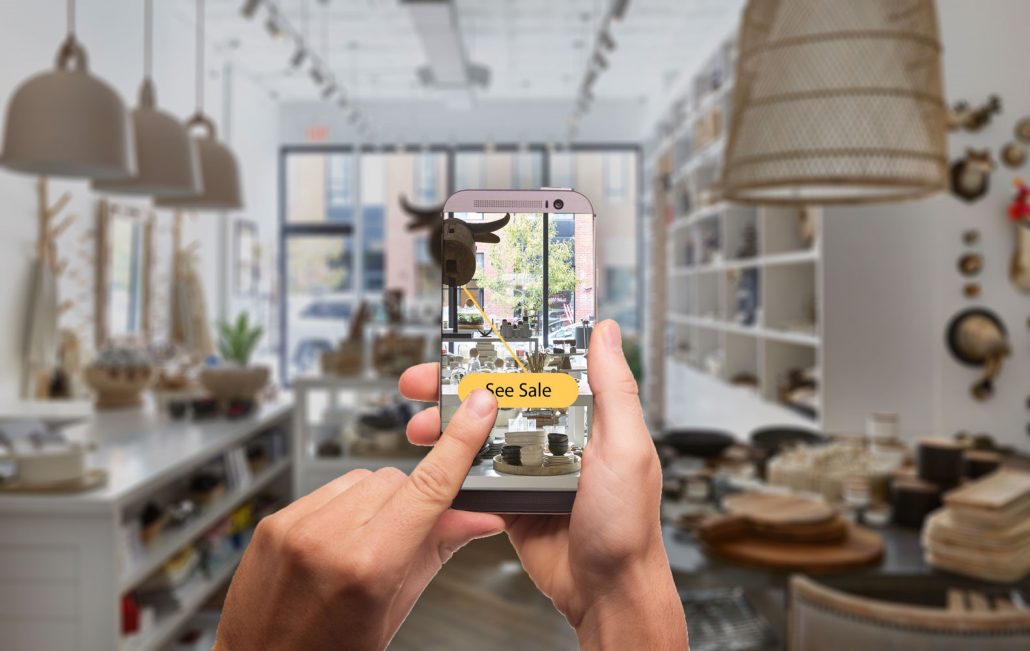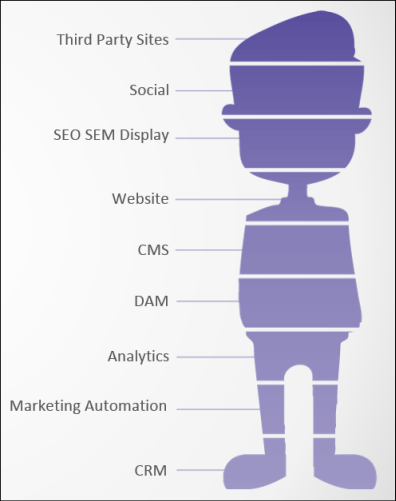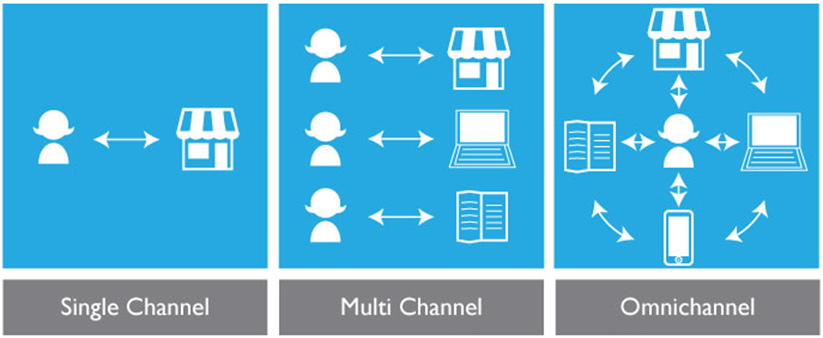Additional Insights from Press Pause for Omnichannel: The New Value Driver

Time is the enemy when dealing with a big topic during a webinar. Presenters always have good intentions of leaving “plenty of time for questions at the end” and even ask the audience to hold their fire until then. Inevitably, time expires, and questions go unasked and thus unanswered. This was the case during the recent Big Content Alliance webinar: Omnichannel: The New Value Driver, which was the third in our Press Pause series.
The webinar focused on reasons to press pause when launching or scaling an omnichannel strategy and highlighted four key themes:
- Aligning omnichannel strategy to business goals
- Building a cross-channel, cross-device content and experience roadmap
- Overcoming cultural roadblocks
- Identifying the cross-channel metrics that will keep you on track and get you to the next level
The content sparked several questions. Here are answers to the most common ones.
You mention that omnichannel will require new and specific types of content to support it. Can you provide some examples for that?
If done right, your customer journeys are your best guide. They will indicate the specific content you need for each step and for each channel. Do a content map for each step delineating customer needs and pain points. You will want to message content for a new customer differently than for a return customer. For example, do you have the positioning content that answers: “why your company” and is it optimized for each channel. Different customers will use different channels. For example, in the research phase, one customer may go to the website while another may call a sales representative. You need the right content assets for all channels at all journey stages.
If we do not have a physical storefront, is omnichannel still relevant?
A store is just one node in an omnichannel experience. Without a storefront, omnichannel becomes even more important as consumers have higher expectations for a seamless experience across channels. Customers still use support channels, attend events, or seek recommendations across many different devices. This is true for both B2B and B2C consumers. Content is a critical asset, so it needs to be optimized for each device and channel.
What technology do you recommend for cross-channel tracking?
This is still in its nascent stages. Customer Data Platforms can do a lot of what’s needed but no perfect solution is out there, yet. At the very least, you should have a CMS and other platforms that can track metrics by channel. The difficulty is not only pulling cross-channel data into a single view but also tracking a customer profile across channel and then responding in real time. Another challenge is reporting cross-channel data in a single dashboard. Don’t forget a strong taxonomy tool to control vocabulary and aid personalization.
What are some companies that do omnichannel well?
- Disney uses responsive mobile websites for trip planning and on-property experiences
- Provides consumers a “My Disney Experience” tool to plan their trip, including purchasing a fast pass, making hotel reservations, planning meals, locating rides and viewing wait times
- Gives families “Magic bands” which serve as tickets to parks, hotel room keys, photo storage, etc.
- Captures data to send follow-up content and offers
- The financial services sector has done a good job of offering an app/online experience to extend the branch or face-to-face experience
- Apps handle deposits, transfers, account status, paying individuals, bill paying, etc.
- Next step: loan applications
- Starbucks creates integrated store/digital experience through apps and gift cards
- Mobile order and pay; add store music to Spotify; order for delivery; locate stores, integrate reward program, and community; tie to Starbuck Credit Card
- Crate and Barrel uses Cloud Tags to create integrated digital/store experience
- Consumer uses in-store tablet to find products, see reviews, see color or size choices, check inventory status, create wish lists, etc.
- Selected items are taken to checkout for the shopper
- Store uses wish lists (opt-in) to re-target
- Experienced a 10% sales increase in first two months
How do you add the omnichannel view to both personas and their journey?
Journeys are both dynamic and multi-faceted. Most give deep insights into customer needs and behaviors for multiple buyers at multiple points on the path to purchase. Adding a layer specifically for omnichannel is best accomplished on a cohort or segment basis. Look at cross-platform/channel data about where, how and when people shop or buy. This will give you insights into both channels and devices for building an omni overlay for existing journeys. Another good source of information is your persona research. Add questions to the interview process used to create personas; ask about devices used, typical shopping channels, most popular days/time to shop, etc. Next you should think through the pain points potentially associated with each device/channel. For example, make sure that web properties display dynamically to multiple device formats. Understand the hand-off between channels and minimize the deviations between them. This info is helpful to inform both persona or journey, and ultimately content roadmap.





